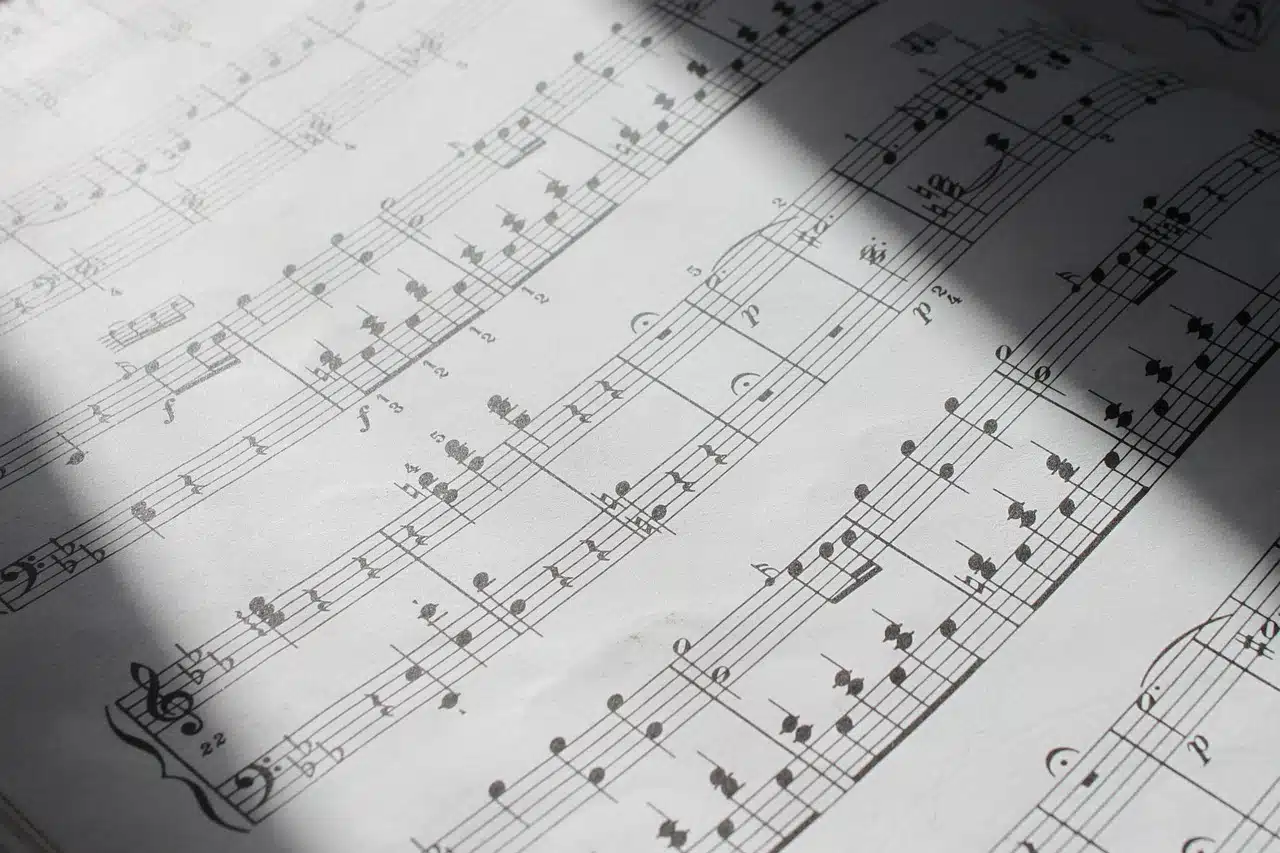
The initial part of a musical work is known as the introduction.
Introduction is the action and effect of introducing or introducing oneself (entering a place, putting something into something else, causing someone to be received, leading someone into a place). It can also be used to refer to the initial part of something (for example, a talk or a text).
Some phrases that can serve to exemplify this are: “After a ten-minute introduction, the president went on to refer to the main topic of the meeting,” “I don't want introductions, let's get straight to the point,” “The professor made a brief introduction .” and then he explained the lesson of the day.”
Introduction to music
In the field of music , the introduction is the initial part of an instrumental work. It is usually a short section, of short duration in which the motifs that will appear throughout the work are presented.
It is very important that the composer manages to captivate the audience's attention in this first part, therefore he must put special emphasis on the creation of this introduction . “The composer has included an introduction with violins and harps before the piano solo.”
A preamble
In publications, the first pages are usually dedicated to talking about what the reader will find in that work; This initial section of it is known as the introduction or preamble : “The novelist states in the introduction of the book that he has been inspired by real events,” “The Russian scientist clarified in the introduction of his work that he did not intend to disrespect anyone.” with his research.”
The characteristics of the introduction depend on the genre and format of the work. Its use is usually more common in essays ; where the author, or whoever has compiled the information offered in the book, explains the objectives of the contents and reflects on the reasons that led to the creation of that work.
Generally, an essay is made up of three parts: the introduction, the body , and the conclusions . While the introduction postulates what will be discussed in the book, the body presents the development of the topic, generally ordered in chapters , and in the last part the author expresses the most relevant points of the work and his conclusions for each one.
Regarding the introduction, it can include everything from explanations about the subject of the text to a review of background information that is linked to the central topic.

The introduction is key to the narrative.
The introduction to the narrative
In a narrative, the introduction is the first part in which the plot of the story is stated . Depending on the story, this part is more or less relevant: in the story, for example, it is essential to hook the reader. A bad introduction can cause the reader to abandon reading before even learning the central idea of the story.
As Julio Cortázar expressed on several occasions, finding a good beginning for a story is as important as finding the perfect way for its ending. An author who is incapable of doing this should work hard to correct and improve himself because the success of the stories and all their appeal lies in this detail.
To find the perfect beginning for a story, it is important to keep three things in mind. First: tell what is essential. Second: knowing how to remain silent and let the reader discover only what we really want him to know. Third: present the conflict directly, without too many detours or descriptions. If with all this we achieve a strong introduction, all that remains is to put together a good development and an outcome that leaves the reader wanting to read more of our authorship.
